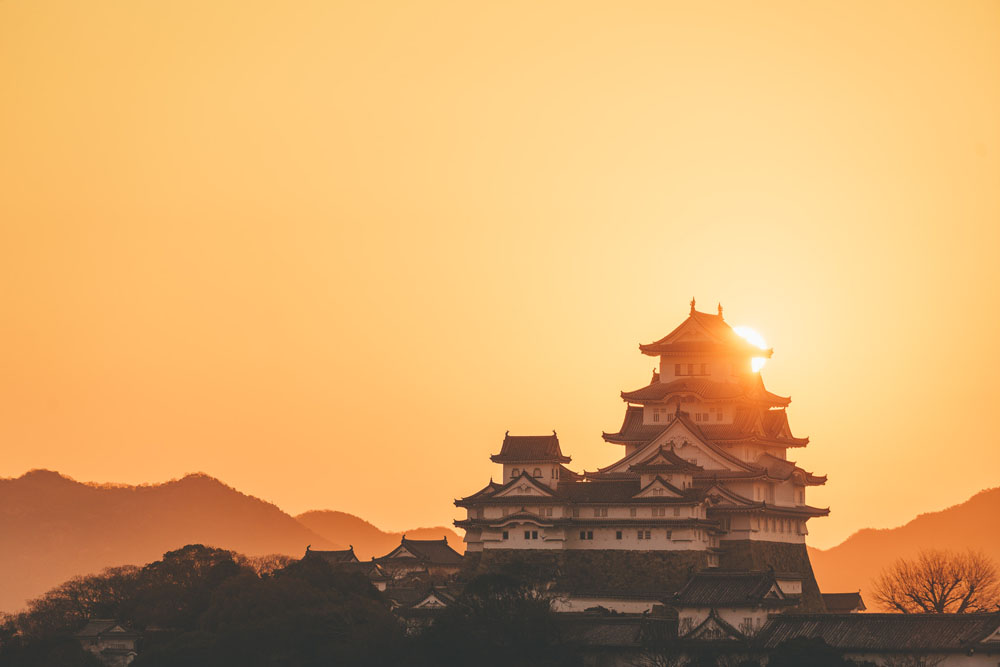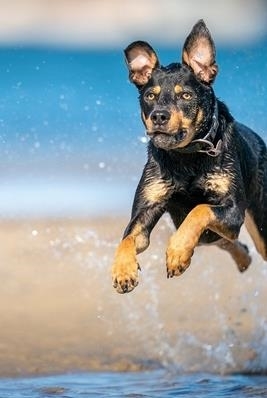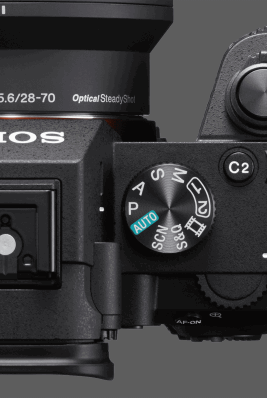Here’s the truth: a telephoto lens will change the way you see the outdoors. They typically start around 70mm and up, letting you zoom in on distant subjects and compress perspective, they’re the big white lenses you’ve probably seen on the sidelines. They force you to slow down. To isolate. To find light falling across a distant ridge, or the way one lone tree sits against a valley of mist. It lets you pick out what matters and compress scale to bring the story closer.
I’ve been working in the outdoors with a camera for well over a decade. Hiking, shooting, waiting in snow and wind and heat. My kit has changed over the years, but one thing has stayed consistent: a telephoto lens has earned its place. And not just in my commercial work but in the kit I carry for fun, when I head out with one body and one lens in my pack.
Here’s why it matters and what else you need to carry when the mountains, forests, or coastline call.
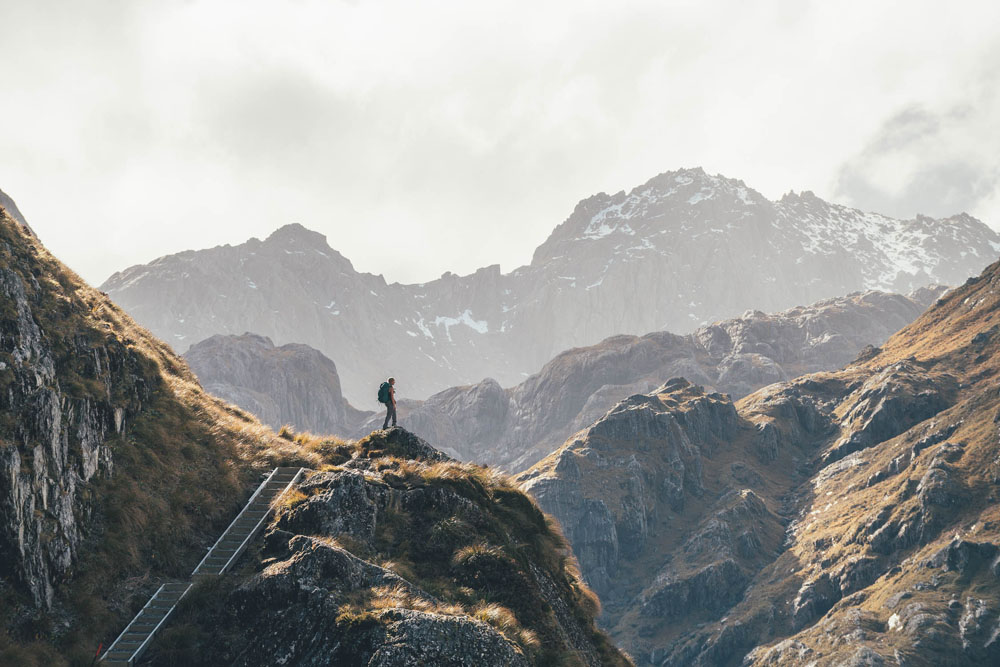
Before we talk about gear, there’s something more important: Planning.
Whether it’s a short summit walk or a multi-day alpine hike, I always spend time planning first. A topo map is an important element, not just for distances and elevation gain, I want to understand the angles and landscape features with cliffs, waterfalls, bush lines. Google maps in 3D is a simple one as well as similar apps to show where the sun will rise and how the light will fall across the land. I can plan what could be my key shots.
That said, conditions change. Cloud rolls in. Light goes flat. Maybe the golden beam you expected never shows up, or it hits somewhere else entirely. The trick is to make the most of what’s there. A long lens helps with that: you can pull out layers, chase distant light, and shoot scenes that still feel intentional even if it’s not what you planned.
Of course, how far you’re hiking matters too, whether it’s a casual sunrise walk or a multi-day backcountry loop. Telephoto lenses aren’t small, so carrying one means thinking smart about how you pack.
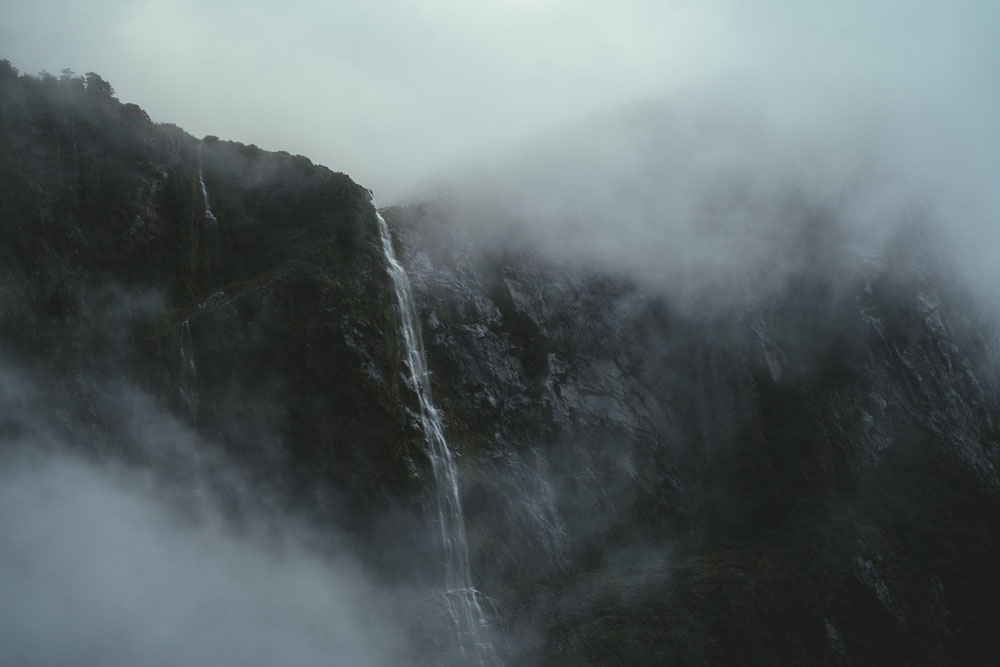
Next let ’s talk backpacks.
Getting into the hills, you need to stay mobile, and your gear needs to stay safe. We can’t forget the personal gear we rely on to stay warm, dry, and fuelled, so your pack needs room for both. For me, it’s often 50% camera gear and 50% personal kit for a day hike within a 30–50L pack. On overnighters, around 20% camera gear and 80% personal depending on what I’m setting out to achieve.
If you’re not sure where to start, look at the F-Stop Tilopa 50L for a dedicated camera adventure bag, or the Osprey Mutant 52L with modular inserts. Those are what I regularly use out on my trips.
A lot of hobbyists focus entirely on what camera or lens to take, but if you’re serious about hiking and shooting in real outdoor conditions, the non-camera gear is just as important.
Some key pieces of gear that will be applicable to all outdoor activities.
- Proper clothing for the environment: Warm layers, such as a quality puffer jacket, are essential- especially if you’re waiting for an animal to appear or for the light to change. Just 30 minutes in the cold can significantly lower your core temperature. OR take breathable layers if you’re in much hotter temps.
- Rain shell: Weather can turn quickly. A rain shell not only keeps you dry but also provides cover for your camera while waiting to shoot. Backpack rain covers are also highly recommended.
- Gloves: Crucial in windy or bitter conditions to keep your fingers functional and warm.
- Hydration: Vital in both hot and cold conditions. Include electrolytes and a bit of sugar if possible. A thermos with a hot drink offers simple comfort to keep you in the zone and thinking straight.
- Sunglasses: Necessary in highly reflective environments like snow, salt flats, or water - protect your eyes.
- Foldable foam pad: Great for sitting or kneeling, it keeps you comfortable as well as dry and insulated from cold or wet ground. Commonly used in the snow in the backcountry.
- Head torch: I always keep one in my top pouch. Even if you don’t plan to be out after dark, things don’t always go as planned. A phone light won’t cut it.
Being prepared is what lets you stay longer, shoot better, and come back safely.
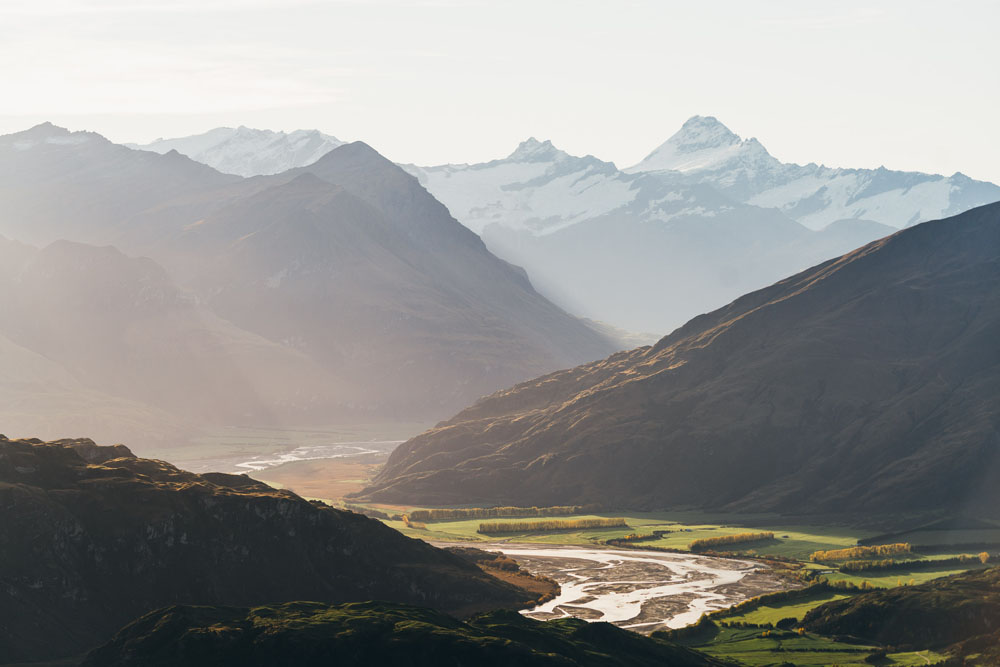
Now, let’s get into the camera gear. Specifically a telephoto for hiking.
Let’s be real, we’re not hiking all day with a 600mm lens and no room left for snacks. Let’s look at something more manageable and affordable that still gets the job done.
The Sony 70–200mm f/4 G OSS II is my go-to telephoto for hiking. It’s lightweight, sharp, weather-sealed, and fast enough for almost everything I shoot on the trail. And more importantly, it opens up a whole new way of seeing.
Here’s what it offers:
- Compression: Pull distant peaks closer, or layer ridges in soft light.
- Isolation: Cut through the noise, simplify the chaos of a wide scene.
- Detail: Shoot tight compositions of animals, cliffs, trees, wildlife, or texture.
- Mood: Telephoto works brilliantly in flat light, where wide shots fall flat, long lenses find subtle shifts and moments.
This lens is a turning point. It teaches you to see differently and it stays relevant no matter how far you progress.

F/4, F/2.8 or Beyond: What’s Right for You?
Let’s keep it simple.
The 70-200mm f/4 version is what I carry on hikes. I stop a lot to take photos and playing catch up is hard enough with a big bag of gear so that’s why I choose the f/4. It’s been in my go-to kit since the original came out over 10 years ago. It’s the lightest and smallest and has an amazing flare.
The newer 70-200mm f/2.8 II G Master version is even better, lighter, faster to focus, and beautifully balanced with a smaller body. It’s amazing but it’s on the higher price range so if that’s a concern, you won’t go wrong with an f/4 version.
If you really really love getting nice and close, you might want more reach. The 100–400mm GM gives you that. It’s definitely heavier, but when I’m working jobs where that far reach is critical (birds, climbers on distant peaks, wildlife), it’s unbeatable.
I own all three and each one plays a key role in my work.
The best photos don’t just come from technical specs - they come from patience, planning, and being fully present. The right lens helps, but so does being warm, hydrated, and willing to be patience for the right moment.
If you’re just starting out and wondering about where to go next with your photography, consider a telephoto for your next hike. Leave the wide at home for a day. You might be surprised by how it shifts your perspective. The images tend to feel tighter, more intentional - and it’ll help you to train your eye to look past the obvious.
Out there, the gear you carry shapes what you shoot. Choose wisely, stay warm, and keep looking long, That’s where the magic hides.
